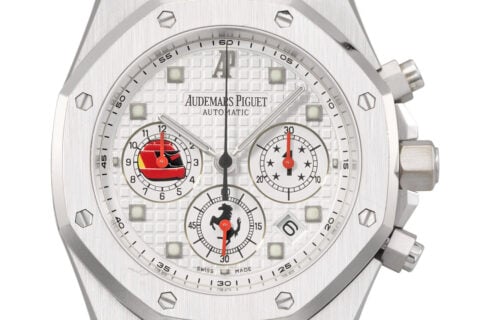People who love German watches can generally be divided into two types: many of them adore the complex features and skilfully adorned movements; while others fall for the simple, almost Bauhaus-like dials. The appeal of the Thuringen watch brand Dufa is clearly its minimal style.
Although Dufa is still fairly unknown to the public, its history can be traced back to pre-WWII, being one of the labels under watchmaker Etzold & Popitz, and it is famous for its swift marriage of neo-classical and Bauhaus elements. Horology was pretty well developed in pre-WWII Germany and there were manufacturers of different sizes. Many of these independent watch brands disappeared after the war as they were controlled by the Soviet government and later became state-owned under the ruling of the Socialist Unity Party in East Germany. Dufa is one of those brands that was revived not so long ago, but under its “Made in Germany” label is the Japanese Miyota self-winding automatic movement. Its design is comparable to the Bauhaus school trending from 1930s to 1940s and shares the same “form follows function” spirit from modernism.
Dufa’s watches are named after architects associated with the Bauhaus School, such as Marcel Breuer, Walter Gropius and Mies Van der Rohe, while the model we are introducing here is named after Alvar Aalto. A “regulator” complication features hours, minutes and seconds hands deliberately deconstructed into three different cycles of time that elapse individually. In the past it was mainly used on clocks for watchmakers to check the accuracy of their pocket watches. The Aalto Regulator embraces the brand’s clock making history with its minimal aesthetics and an accessible price tag. It could easily become a favourite even for German watch newbies.






